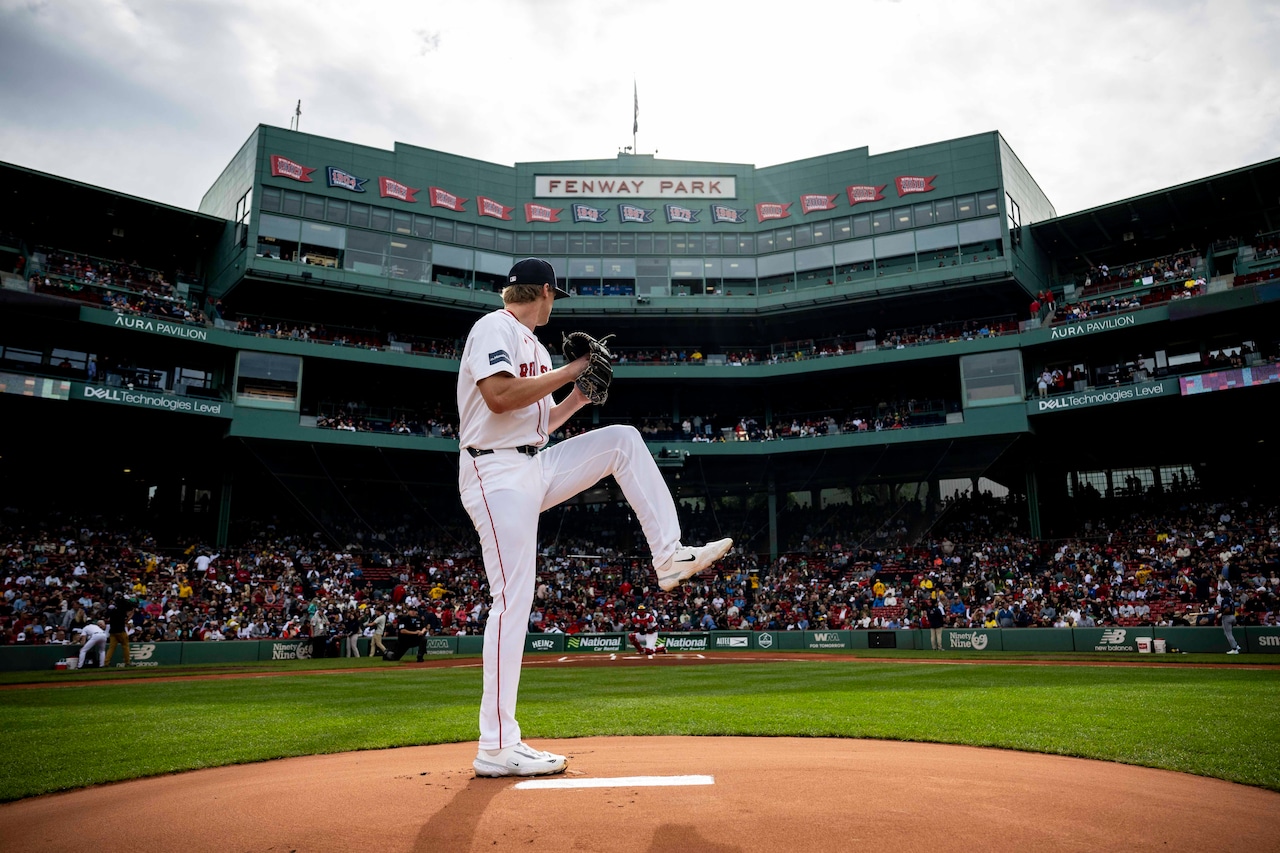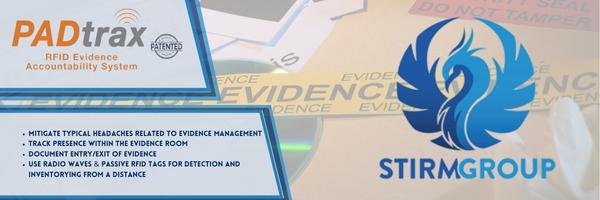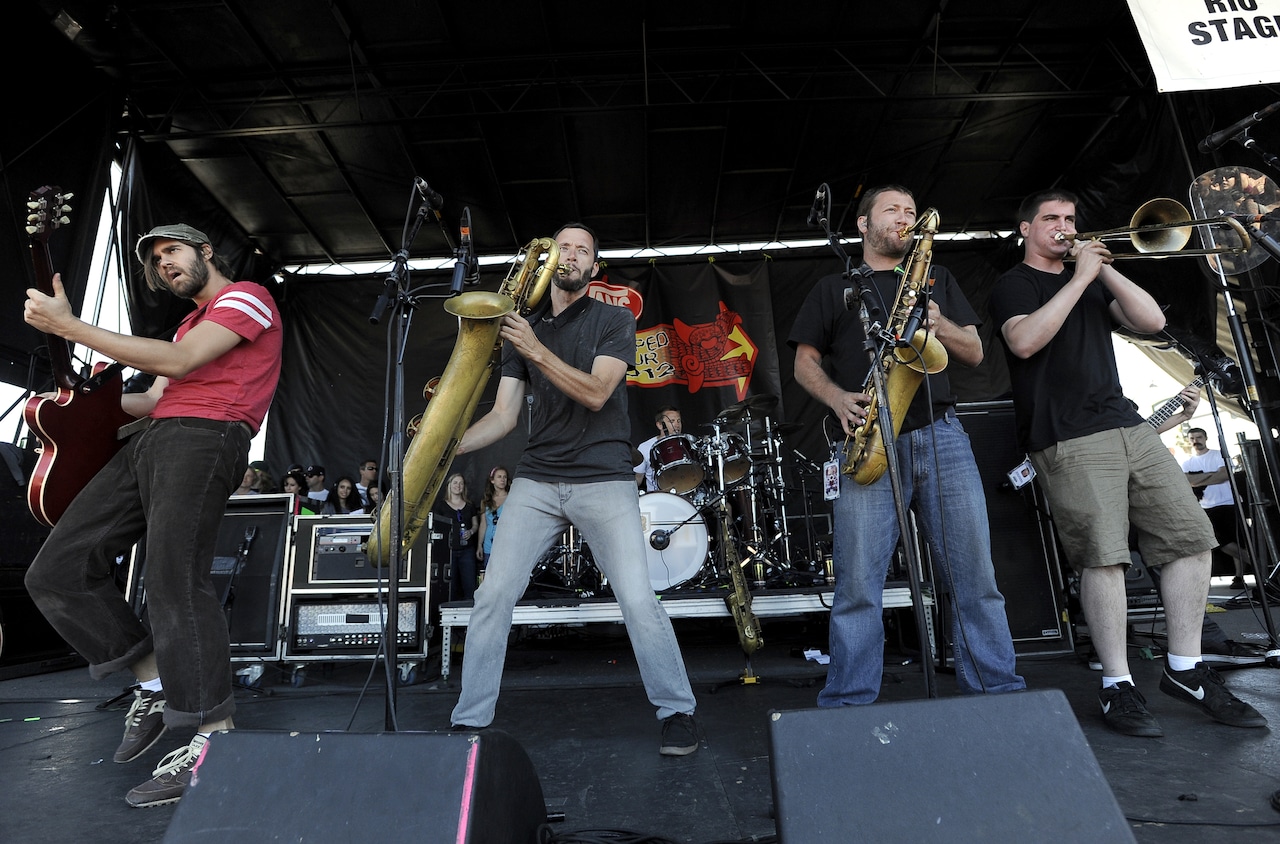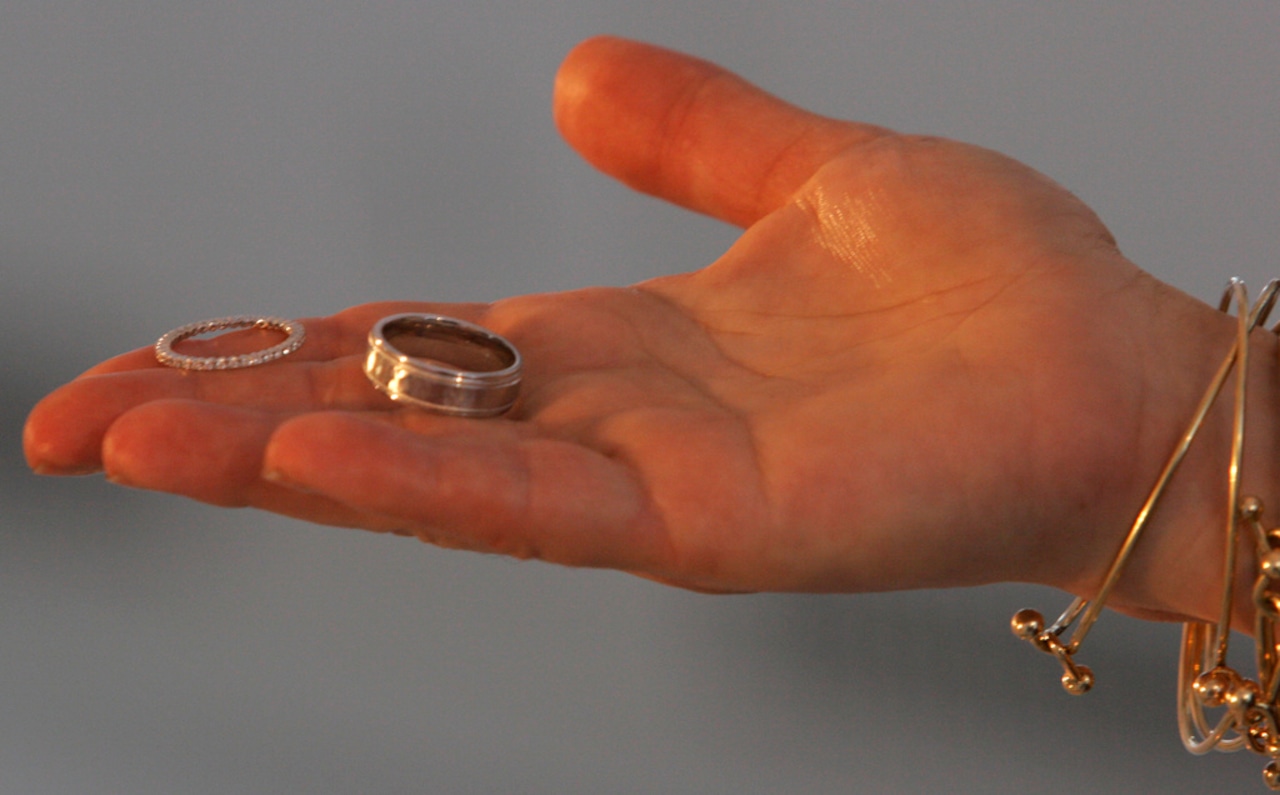
FORT MYERS, Fla. — Pitcher Quinn Priester and his fiancée both love cooking. That proved useful this past offseason when the Red Sox asked Priester to add weight.
“One of the things that off the field I’m pretty passionate about is actually cooking,” Priester said at JetBlue Park on Wednesday. “My fiancée and I love doing that. We would do homemade pasta. She makes sourdough and it’s so good. So it’s not a problem eating that. We’d make our own butter and different things. And she makes this vodka sauce pasta.”
He added, “I love making steaks.”
Priester will start for the Red Sox against the Tigers on Thursday in Lakeland. His goal was to consume 4,000-5,000 calories a day. He ended up gaining approximately 10 pounds.
Boston acquired Priester ahead of the 2024 trade deadline in a 1-for-1 swap of former first-rounders that sent Nick Yorke to Pittsburgh.
He’s one of Boston’s top depth starters. He also has a chance to make the Opening Day roster because Boston’s depth will be tested early. Kutter Crawford is expected to begin the year on the IL with a patellar tendon injury
The Red Sox believe starters Brayan Bello and Lucas Giolito will be ready for Opening Day but Bello was sidelined for a few days with shoulder soreness. He will throw his first bullpen Friday. Giolito threw his first live batting practice Tuesday. Boston is taking it slow with him after he missed 2024 because of elbow surgery.
Priester worked out with Cressey Sports Performance during the offseason.
“Definitely some of your traditional stuff: squats, lunges,” Priester said. “A lot of just different movement stuff and eating a lot to add that muscle as we break it down. I definitely didn’t reinvent the wheel but did stuff that was more specific to the way I move.”
He typically ate three meals and drank two protein shakes a day.
“The Red Sox staff really helped me with understanding that if I don’t get it in from the meal side of things, it’s not that big of a deal,” Priester said. “Whereas normally that would cause a bunch of stress and anxiety sometimes where it’s like, ‘Oh man, like I know I’m not eating enough.’ If I keep forcing it, it gets frustrating and almost nauseating. But when you can add the shakes and be deliberate with a morning and night shake, there’s 1,500 calories knocked out of the way.”
The rest of the calories — at least 2,500 more — was done through eating meals.
“Twenty-five hundred calories eating-wise, that feels easier,” Priester said. “And that’s where you almost take the stress away and are able to eat that and some more. And that’s where I started to gain.”
It wasn’t all homemade cooking. He’s also a big fan of Cheez-It crackers.
“Hey, calories are calories,” he said. “Especially in the offseason, we’re trying to put it on and make that stable.”
The extra weight and muscle should help him with durability and throwing harder.
“Yeah, it feels like it’s a little bit of both where I can move that mass down the mound without changing much. Just the pure physics of it: mass and height is potential energy,” Priester said. “So being able to move that down the mound. It’s putting the muscle on, too, so that you’re moving that weight just as fast. And then the weight itself carries more power down the mound. And so without changing too much you can add a little bit of velocity.”
He also continued to work on what he and the Red Sox focused on during the final two months of last season. That includes continuing to refine his mechanics and using plyo balls.
A big mechanical change was bringing his hand closer to his ear during his delivery. Better mechanics created better velocity.
“I know that I started to drop a little bit in Pittsburgh in terms of arm slot and getting the arm away from the ear a little bit,” Priester said. “And that was one of the things that they had brought up after my second start in Worcester. And then we really dove into it.”
Priester said the Red Sox knew he could make some gains during the final two months last year. He did. He threw 34 sinkers in his final start for Triple-A Worcester, averaging 94.1 mph and topping out at 96.5 mph. That’s after his fastball averaged 93.0 mph in 44 ⅔ innings with the Pirates before the trade. He was promoted to pitch the final game of Boston’s season and allowed just one run in 5 innings.
While those two months were important, the Red Sox also told him “the real improvements were going to come in the offseason” with gaining weight and making his mechanics more repeatable.
His slider improved quite a bit in Worcester, especially the vertical break.
“Beforehand I was having five- or six-inch range where it would carry a little bit,” he said. “Last year we got that down to around one. And ideally we go to zero or negative but not too negative so it gets towards a curveball range.”
He focused a lot on his cutter during the offseason. It is a pitch he said “was pretty new toward last month of the season.” He could focus on the cutter a lot this winter because the slider was already in a “great spot” metrically. He said it’s important to get the cutter in a “10-plus vertical break range.”
Priester certainly enjoys poring over analytics. He also appreciates how Pedro Martinez simply competed before the game began to rely so heavily on analytics. He knows that’s just as important.
“When Pedro pitched, it was, ‘Hey, we’re going to go throw my Hall of Fame changeup and I’m going to throw one up-and-in to make you uncomfortable,” Priester said. “And I don’t know if it has 20 inches of ride or 15. We’re going to pitch.’ I think for me, there’s a very happy medium in diving into both.
“The game isn’t played on the computer,” he added. ”But the computer helps you play the game.”
Priester doesn’t consider one secondary pitch better than another.
“I really like all of them,” he said. “My slider’s gonna play the best to righties. And I think my changeup’s gonna play best to lefties. But I think the curveball’s gonna be really great to both, too. So I think I have a lot of options now. I love how the cutters are coming out to lefties so far. And it’s just about refining the spot and then, keeping the movement where we want it.”
- BETTING: Check out our MA sports betting guide, where you can learn basic terminology, definitions and how to read odds for those interested in learning how to bet in Massachusetts.






